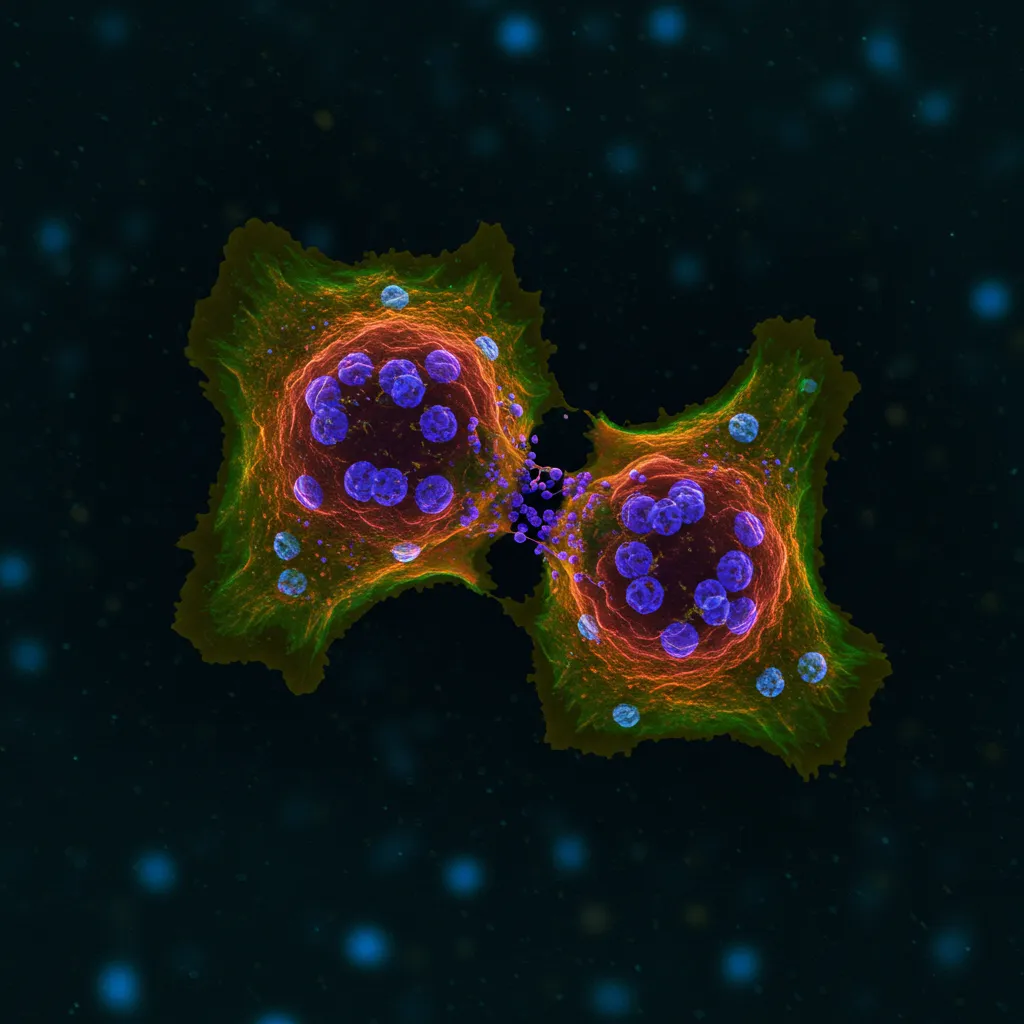
The Difference between NAD and NADH
NAD vs NADH: What’s the Difference and Why It Matters for Your Health
Introduction: Understanding NAD and NADH
You may have heard of NAD+ or NADH when people talk about energy, aging, or wellness treatments.
These are important molecules that your body needs to stay healthy and active.
Both NAD and NADH are found naturally in your cells.
They help turn the food you eat into energy your body can use.
Although they sound similar, NAD and NADH are not the same—they each play a different role.
In this post, we’ll explain what they are, how they work, and why they matter for your health.
1. What Is NAD?
NAD stands for Nicotinamide Adenine Dinucleotide.
It’s a natural molecule your body makes and uses every day.
NAD is found in every cell in your body.
Its main job is to help turn food into energy.
It also helps with:
Repairing cells
Supporting brain function
Slowing signs of aging
You can think of NAD as an “energy helper”—it makes sure your body runs smoothly.
2. What Is NADH?
NADH is the “activated” or “energy-filled” form of NAD.
When NAD collects energy from food, it turns into NADH.
NADH then carries that energy to different parts of the body.
It helps your cells use the energy to do important jobs, like:
Moving muscles
Helping your brain focus
Keeping organs working properly
Think of NAD as a battery charger and NADH as the charged battery.
3. The Key Difference Between NAD and NADH
NAD and NADH work as a team, but they do different jobs.
NAD is “empty”—it’s ready to collect energy.
NADH is “full”—it’s carrying energy.
Your body is always switching between the two forms:
NAD picks up energy from food
It turns into NADH
NADH gives that energy to your cells
This cycle repeats all day to keep you moving, thinking, and feeling well.
Without enough NAD or NADH, your body may feel tired, slow, or run down.
4. Why This Matters for Health and Wellness
NAD and NADH are essential for energy—you need them to feel awake and active.
They help your body with:
Energy production
Mental clarity and focus
Cell repair and recovery
Slowing signs of aging
When your NAD levels are low, you may feel:
Tired or sluggish
Mentally foggy
Slower to recover from stress or exercise
That’s why NAD+ therapy (like IVs or injections) is becoming more popular.
It helps boost NAD levels, which may lead to better energy, focus, and overall wellness.
5. Can You Get NAD or NADH as a Supplement?
Yes, there are supplements and treatments that can help raise your NAD levels.
These include:
Oral supplements (pills or capsules)
NAD+ injections or IV therapy
NAD+ therapy may help people who feel:
Low in energy
Mentally tired or foggy
Slower to heal or recover
Always talk to a health professional before starting any supplement or therapy.
They can help you choose what’s best for your body and goals.
Conclusion: NAD vs NADH Made Simple
NAD and NADH are both important for energy and health.
NAD is like an empty carrier, ready to collect energy.
NADH is the full carrier, delivering energy to your cells.
They work together to keep you feeling your best—alert, focused, and energized.
If you’re curious about boosting your NAD levels, ask a wellness expert if NAD+ therapy is right for you.
Have questions or thoughts? Drop a comment or share this post with someone who wants to feel more energized and healthier!